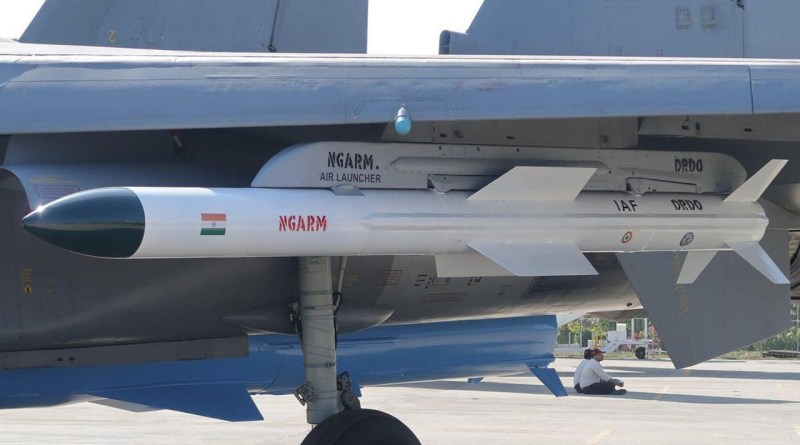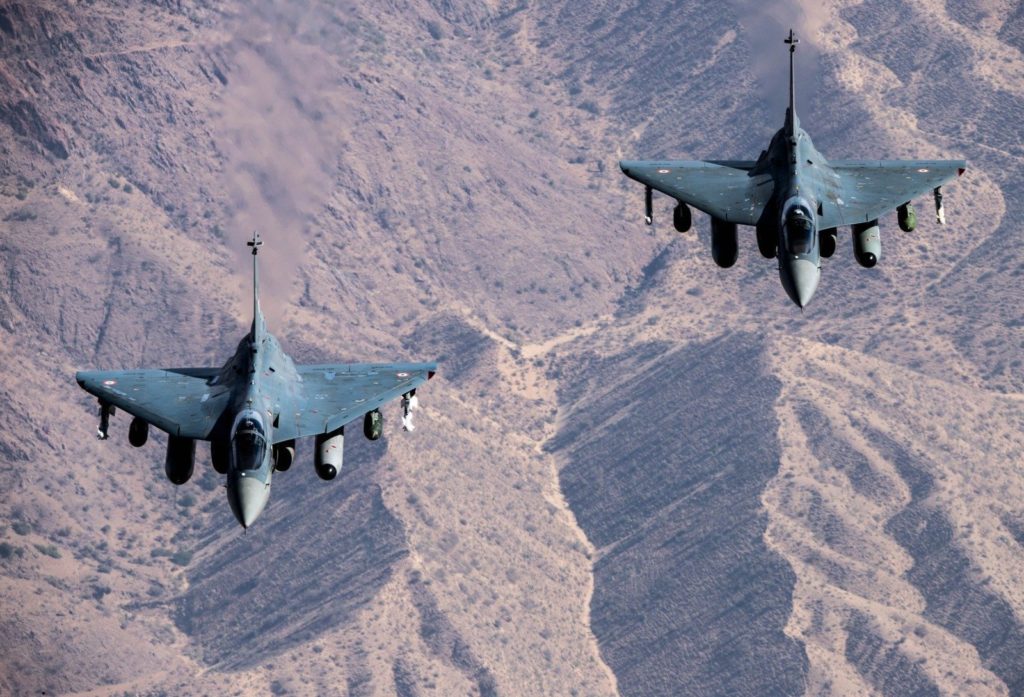
One of the most crucial stages of modern warfare is known as suppression – or destruction – of enemy air defences. SEAD or DEAD missions are usually carried out at the outset of a military conflict, with the aim of destroying an adversary’s ground (air defence) radars and communication centres. After these systems are destroyed, under-defended “gaps” or “corridors” are created in enemy air space. This subsequently facilitates easier offensive action against the adversary’s critical assets, as well as continued expansion of sanitised enemy air space in which to operate.
Whilst SEAD missions were flown as early as World War 2, it was during the Vietnam War in which SEAD truly developed into a dedicated war-fighting tactic. The United States Air Force, arguably the pioneers of modern SEAD and DEAD, codenamed any of its aircraft dedicated to SEAD missions as “Wild Weasels” during that war. USAF Wild Weasels further honed the art of SEAD missions in subsequent wars. USAF tactics at the outset of the first Gulf War, in particular, have been closely studied by Indian Air Force. During those missions, the USAF used Apache helicopters, more advanced versions of which are now also in service with both the Indian Army and Indian Air Force, to punch holes into heavily defended Iraqi air space.
With the Rudram anti-radiation missile (ARM), India, along with the United States, Russia, and a handful of other nations, is now able to manufacture and deploy this critical military capability on its own.
Whilst most modern air forces have the capacity to effect SEAD missions, very few are able to do so from remote distances. With the Rudram anti-radiation missile (ARM), India, along with the United States, Russia, and a handful of other nations, is now able to manufacture and deploy this critical military capability on its own. The Rudram’s “standoff” capability, which means it can be safely deployed far away from its intended target, means that India no longer needs to send valuable frontline fighters deep inside well defended enemy air space to carry out SEAD missions. With the Rudram, the Indian Air Force can instead neutralise Pakistani and Chinese air defences up to 250 kilometres inside their territory, without even leaving Indian airspace.
India’s ground and satellite-based intelligence capabilities monitoring Pakistan and Tibet, which have been significantly enhanced since 2014, would typically provide coordinates to missiles such as the Rudram when deployed in “fire and forget” mode. The Rudram, which can obliterate many of Pakistan’s most important air defence assets from within the IB or LoC, can also compute what it needs to target by itself. For instance, if the IAF lacks precise intelligence on the location of mobile or highly camouflaged air defence systems, a Rudram fired at its broader location can detect, identify and lock on to radar and other electronic emissions by itself, mid flight, and from over 100 kilometres away.
The Rudram, which can obliterate many of Pakistan’s most important air defence assets from within the IB or LoC, can also compute what it needs to target by itself.

It is important to note that the Indian Air Force’s war-fighting doctrine places significant emphasis on “forced entry” into enemy air space. This essentially means using advanced electronic warfare systems on frontline fighters to break into heavily defended enemy air space, and carry out ground attack missions without prior SEAD strikes. The efficacy of the IAF’s forced entry capabilities is exemplified by the Balakot air strikes, and even moreso by the shooting down of a PAK F16 by a MiG-21 following that mission. For any fighter – let alone one designed shortly after WW2 – to sneak up within visual range of a relatively modern F16 speaks volumes for the capabilities and tactical nous of the IAF.
This Indian expertise in and focus on forced entry into well defended air space, coupled with a new dimension of capability afforded by the Rudram, will allow the IAF to inflict crippling damage on both Pakistan and China during a potential two-front war. It is clear that India has long planned to overwhelm enemy air defences using such tactics, advanced EW systems, and other force multipliers, in the absence of outright numerical superiority.
Whilst there is no substitute for a 40+ squadron IAF, the intelligent deployment of force-multipliers like the Rudram mean that India can still comfortably fight and win a two-front war with far less fighter aircraft than she may otherwise need.
In the truest sense of the word, the Rudram is therefore a genuine game-changer for the Indian armed forces’ war-fighting ability as a whole, and not just that of the IAF. If and when India deploys the missile in anger, and en masse, it has the capability to wreak havoc on both Pakistan’s and China’s ability to defend themselves from follow-on IAF strikes. Whilst there is no substitute for a 40+ squadron IAF, the intelligent deployment of force-multipliers like the Rudram mean that India can still comfortably fight and win a two-front war with far less fighter aircraft than she may otherwise need.











![Michael Vaughan blames India for Britain’s potholed roads [CS]](https://www.citti.net/wp-content/uploads/2021/03/uk-potholed-roads-100x70.jpg)
